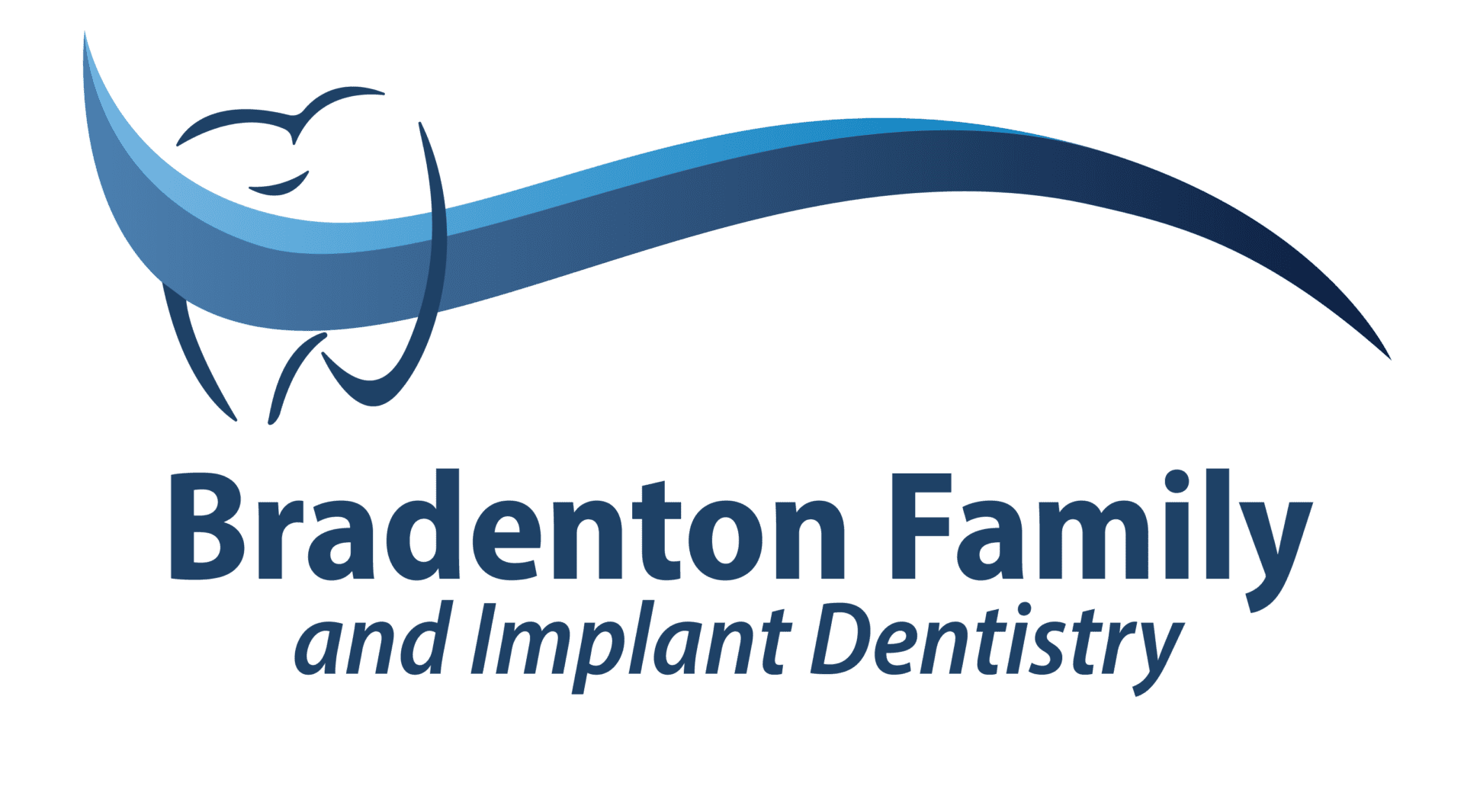There are so many times a patient will come in and say, “Can’t you just look at my tooth and tell me what’s wrong? I don’t want an x-ray.” So, I figured I would explain the issues with that, and why dentist need x-rays.
Let’s start out with what an x-ray is. An x-ray is a 2 dimensional image of something, in this case, a tooth. It shows bone levels, a little bit of soft tissue(gums), previous dental work, as well as abnormalities such as cavities and even problems with bone and some types of cancer.
There are several different x-rays we take in the dental office. It can be confusing! When a new patient comes to the practice, we typically take what is called an FMX. FMX is just a quick way we in the dental field abbreviate “Full Mouth Series”….meaning a set, or series, of x-rays that show most of the areas of your mouth.
In Summary, an FMX is a series of 18 x-rays that cover all the teeth in your mouth. It consists of 4 bitewings, and 14 periapical x-rays. What are those?
A bitewing is an x-ray that is taken while biting down. It shows the dentist the bone level around the molars and premolars(the back teeth) in your mouth. It also allows diagnosis of decay as well as aids in the diagnosis of periodontal disease.
A periapical x-ray on the other hand is an X-ray that shows the entire tooth all the way down to the tip of the root. It shows not only abnormalities or decay on the tooth, but also if there is any infection in the bone surrounding the root of the tooth such as an abscess. In addition, dentists will sometimes take a Panoramic x-ray.
A panoramic x-ray is an x-ray that shows the entire mouth and jaw on one large picture. It does not provide the dentist with as much visual detail as bitewings and periapicals, but it allows us to see the entire jaw, jaw joint(TMJ), and any abnormalities in the bone including some cancers that only show up on this type of x-ray.
Why do we need x-rays? Well, the easiest answer, is that we are legally required to take an X-ray in order to diagnose a tooth. It is considered standard of care, and without an x-ray a diagnosis is really just a guess. Asking your dentist to diagnose a dental issue without an X-ray would be similar to bringing you car to a mechanic and not allowing him to look under the hood. Anytime a dentist does an exam on a patient, we are taking legal responsibility for either the full mouth if we are doing a comprehensive exam or a section of the mouth if we are doing a limited exam. Therefore, in most instances, without x-rays, we are not doing our jobs correctly. Without x-rays, we are forced to guess what might be happening with your teeth and bones surrounding your teeth, and that is not what you are paying us for.
So, I hope this clears up why we need x-rays! We are trying to do the best job possible for you!

